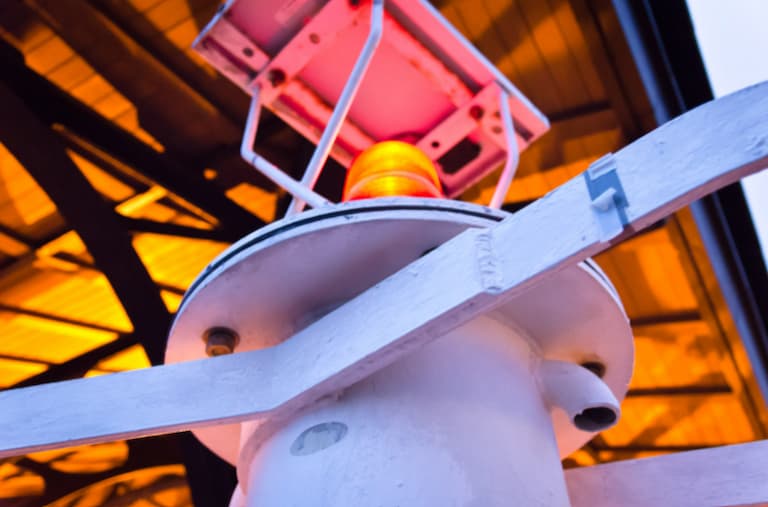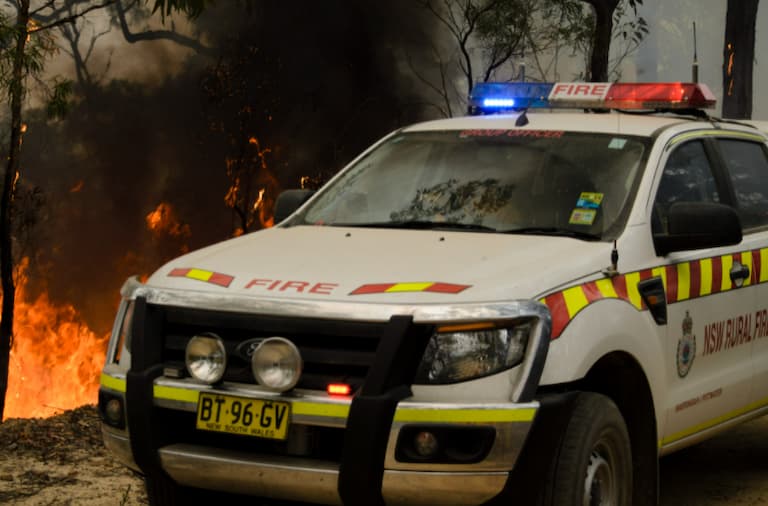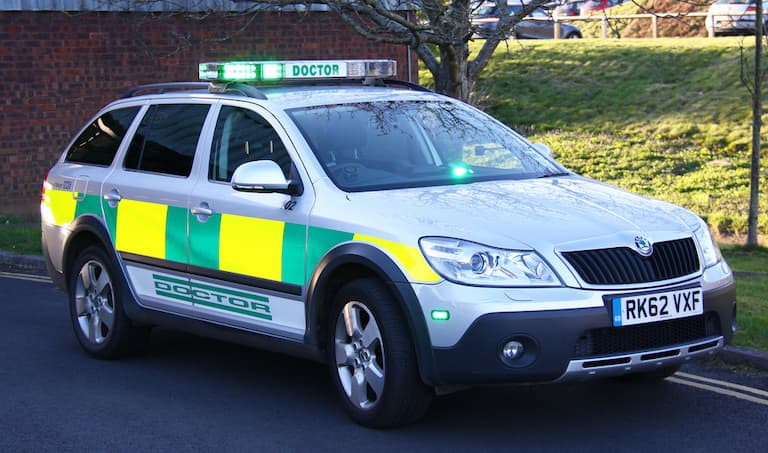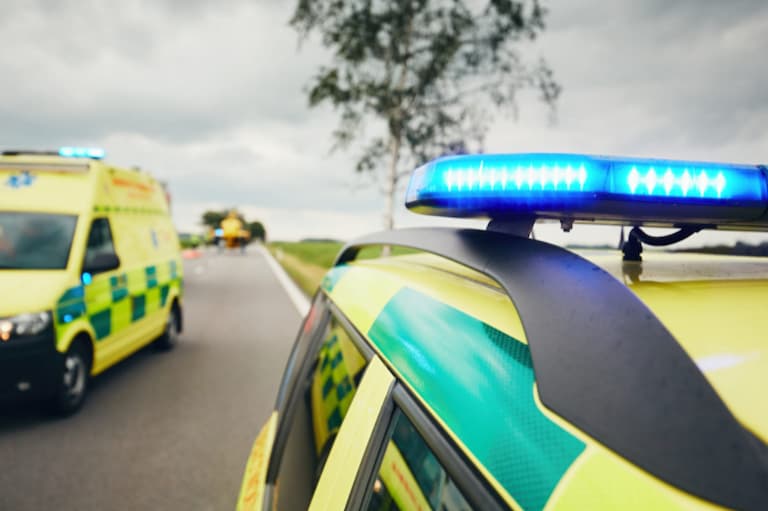We’re often reminded of the potential risks and dangers to our personal safety and health and those around us. Especially during times like these. We have become more aware of sirens and lights of emergency vehicles in a time of lockdowns, and the presence of police on the streets like never before. And until recently, the warnings from fire trucks in searing daily temperatures. These signals are embedded in us from an early age, and we respond accordingly. Warning lights however are not just a feature of emergency vehicles but are found in places with a high frequency of movement, both in people and materials. They are also present in large industrial facilities, where they safeguard employees from possible risks and harm and inform about processes taking place.

Types of Warning Lights
There are two types of warning lights: beacon and strobe lights. Beacon lights produce an uninterrupted light with constant intensity. Strobe lights, on the other hand, produce high-intensity flashes of light at regular intervals. Let’s take a look at how these types of lights differ, where they are used, and the meaning of different colours in each.
Beacon Lights
Beacon lights are also colloquially called warning lights. They can be seen on road vehicles, aircraft, ships, atop skyscrapers, along airstrips, in roadworks, construction sites, production facilities and warehouses. They draw attention to possible dangers and are colour-coded to provide the right response. Led beacon lights have steadily replaced older designs with halogen bulbs. Let’s take a look at what the individual colours mean in the two most frequent settings beacon lights are used – emergency vehicles and industry.
Red – Red is the universal colour for danger. In emergency vehicles, it signals a risk to life situations. In Australia, red beacons are used on ambulances, Red Cross vehicles, in Miner Rescue, and firefighting aircraft. Until recently, red beacons were used on fire trucks, but these now are in a combination of red and blue. In industrial settings, they signal potential hazards from heavy machinery or live equipment operating in the vicinity.
- Red – Red is the universal colour for danger. In emergency vehicles, it signals a risk to life situations. In Australia, red beacons are used on ambulances, Red Cross vehicles, in Miner Rescue, and firefighting aircraft. Until recently, red beacons were used on fire trucks, but these now are in a combination of red and blue. In industrial settings, they signal potential hazards from heavy machinery or live equipment operating in the vicinity.

- Amber – Amber signals caution. It provides awareness and warns us that an unforeseeable change in circumstances will cause harm. Amber beacons are found on tow trucks, road construction vehicles, roadside breakdown vehicles, forklifts, and fireproof doors in hospitals and factories.
- Blue – Blue warns of alertness to take action. Blue beacons are found on police cars and emergency vehicles at airports. Blue is used as it is more visible to other vehicles in daytime conditions. In an industrial setting blue means readiness to an imminent change, for example, large equipment that is powering down, or that a security alarm has been activated. In all cases, it requires people nearby to move safely out of the way.
- Green – Green beacons are used by civilian vehicles in response to emergencies, like GPs tending to patients, or firefighter volunteers. In industry, it means that an emergency has been resolved and that safety is established. Green beacons can be seen in machinery operating in normal conditions with no issues.

- Purple/Magenta – is sometimes used instead of red beacons to signal danger from large vehicles or machinery. They are typically found in mining, oil and gas extraction to signal risks of explosions.
- White – White beacons are used as an alternative to blue and red lights in emergency vehicles at night, since they provide more brightness. They are found on large moving vehicles on construction sites and in production plants. White is also featured in newer LED light bars, in combination with red and blue.
Features of Beacon Lights
Depending on the bulb type, beacons have halogen, LED or Xenon light arrays. LED beacon lights are the most popular because of their low energy consumption and high light output. LEDs are also less susceptible to damage in power outages than xenons and have a longer shelf life. Industrial lights are built of materials able to withstand temperature extremes, moisture and corrosive materials, abrupt voltage changes, and severe impact, including explosions.
Whether they are stationary or mobile, beacon lights are either static or rotating. Stationary led beacons are found in aircraft, buildings, railway signals, whereas rotating lights are mainly reserved for emergency vehicles and industrial equipment and machinery. Stack beacons arranged in a red, amber, blue and green sequence are found in machinery to inform of different production processes. Beacon lights can be attached in different ways. Magnets in the base of portable magnetic beacons allow them to attach to metallic surfaces. Permanent beacon lights are affixed by way of bolts, and pipe mounts have a threaded base mount atop pipes of different heights.
Strobe Lights

Strobe lights produce short flashes of high-luminance light. They are used in combination with beacon lights and sirens in emergency vehicles to warn of different levels of danger, or in construction sites and factories to signal stages of production processes or any hazardous interruptions. Red, amber and green strobes are used here. Other uses include strobes in engine timing, flash photography, and as warning lights, usually white, on aircraft or tall radio and TV towers. Like beacons, they are mainly LEDs, being efficient, bright and durable.
LED and xenon beacon and strobe lights for general and industrial uses are sold through dedicated stores supplying assorted industrial gear.

